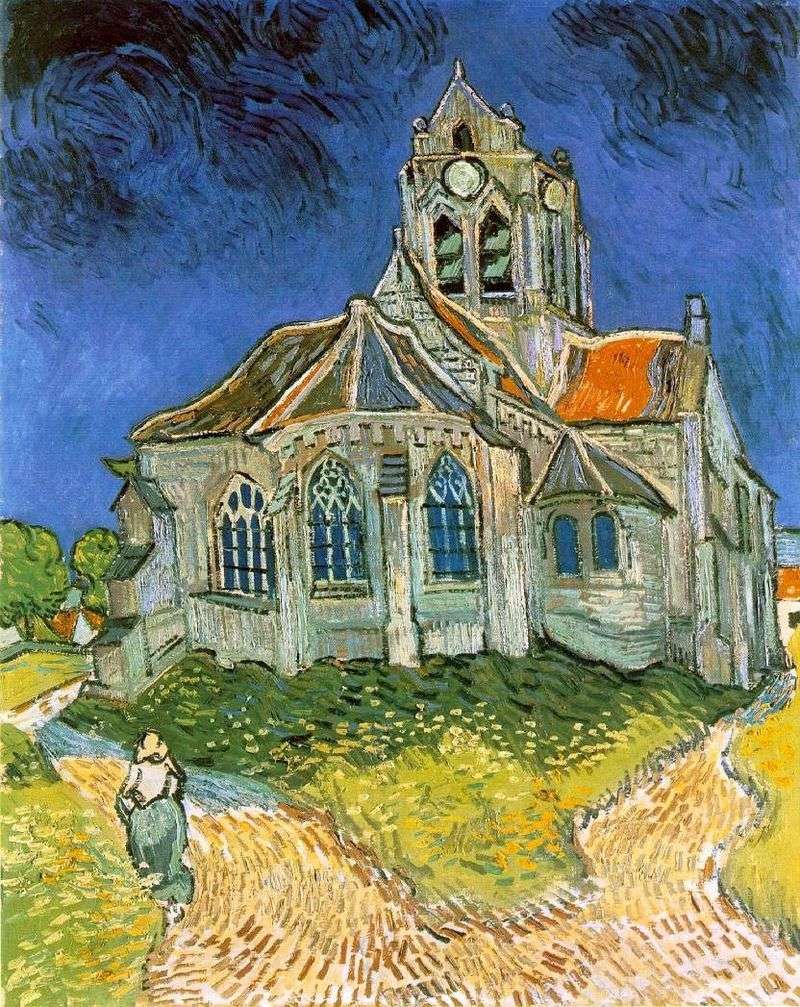
Kinds of Over and surrounding fields, village houses and portraits of the closest people are what fascinated Van Gogh’s creative consciousness in the last year of his life. In this picture he depicts a village on the side of the outskirts.
Like many landscapes of the last period of creativity, this picture is written conditionally, in a flat format. The artist completely departs from any tradition in painting, whether realism or impressionism. The main thing in the landscapes of the Over-period is the inner state of the artist himself, which is read in the manner of performance and the emotional content of the picture.
The foreground of the landscape is Van Gogh’s wheat field. Behind him, the artist places village houses, as if heaped on each other. Their color almost merges with the color of the sky, on which clouds are lightly indicated by light curls. The houses seem to be non-material, and the sense of illusory is enhanced by the absolute deserted landscape. Green trees, on the contrary, are too dark and dense, they create a peculiar contour around the village, due to which it stands out more strongly against the background of the sky.
The composition and manner of execution gives the picture a resemblance to the children’s illustration. The landscape is devoid of a linear perspective, but due to the amplification of the air it seems rather spacious.
Light color scheme, based on a combination of contrasting, but soft colors, conveys the mood of calm, peaceful, admiring nature, devoid of acute emotions, but still full of love. Only the disorganization of smears, then sprouting in different directions, then assembled in a spiral and curls, indicates a state of imbalance.
 Church in the Over by Vincent Van Gogh
Church in the Over by Vincent Van Gogh Landscape with crew and train in the background (Landscape in Auvers after rain) by Vincent Van Gogh
Landscape with crew and train in the background (Landscape in Auvers after rain) by Vincent Van Gogh View of the river with fun boats by Vincent Van Gogh
View of the river with fun boats by Vincent Van Gogh View of Arles among flowering trees by Vincent Van Gogh
View of Arles among flowering trees by Vincent Van Gogh The garden in Montmartre by Vincent van Gogh
The garden in Montmartre by Vincent van Gogh The plants in Asnier, a view from the outskirts of de Clichy by Vincent Van Gogh
The plants in Asnier, a view from the outskirts of de Clichy by Vincent Van Gogh View of Over by Vincent van Gogh
View of Over by Vincent van Gogh Railway cars by Vincent Van Gogh
Railway cars by Vincent Van Gogh